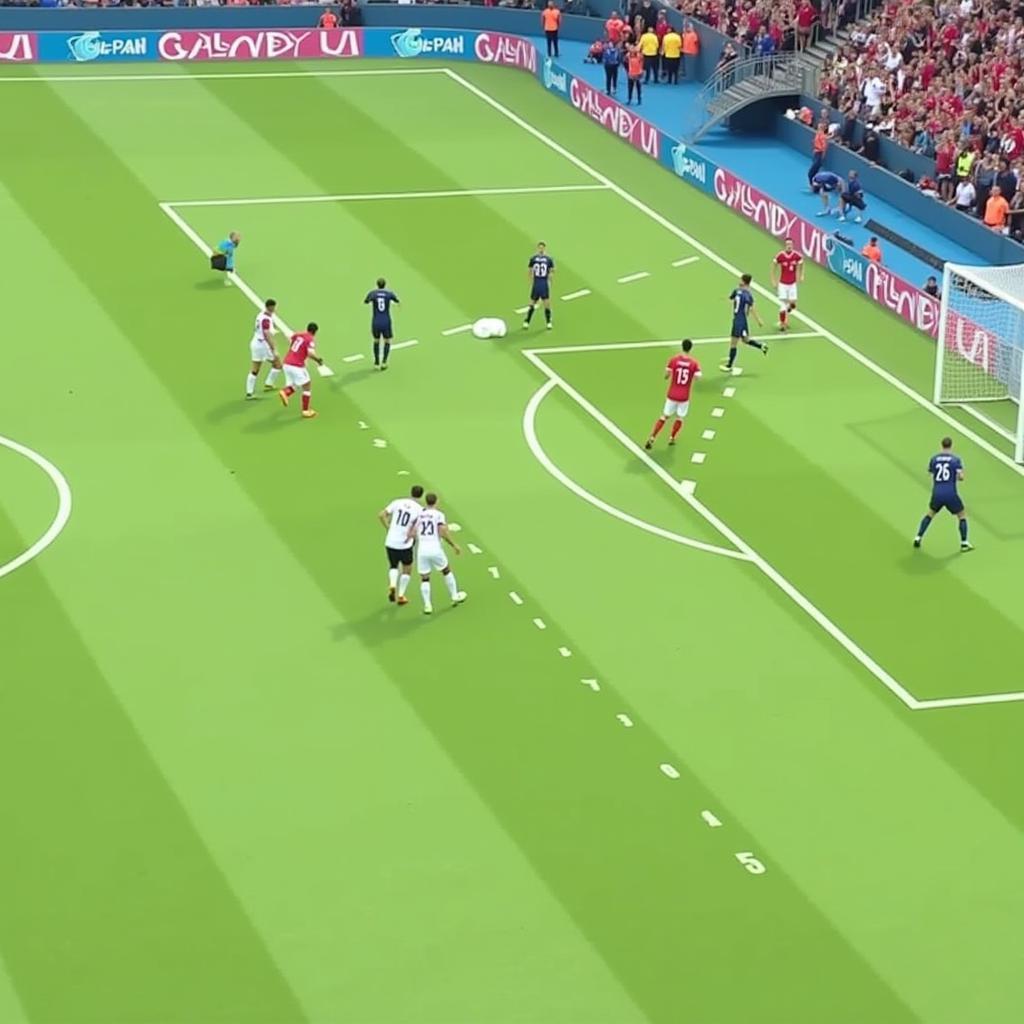World Cup Player Formations: A Striker’s Perspective
October 16, 2024As a striker, understanding the intricacies of World Cup player formations is paramount to success on the world’s biggest stage. It’s not just about individual brilliance; it’s about how each player interacts within the team’s tactical framework to break down stubborn defenses and seize scoring opportunities. Throughout my career, I’ve encountered a plethora of formations, each with its strengths and weaknesses. Let’s delve into some of the most prominent ones and analyze how they impact the game from a striker’s viewpoint.
4-3-3: The Balanced Approach
The 4-3-3 has become a mainstay in modern football, offering a good balance between attack and defense. For strikers like myself, this formation presents exciting opportunities. The presence of two wingers stretching the opposition’s backline creates space in central areas for us to exploit.
However, the success of a 4-3-3 heavily relies on the chemistry between the striker and the attacking midfielder. The ability to anticipate runs, create passing triangles, and interchange positions fluidly is crucial for unlocking defenses.
4-4-2: Classic Partnership Upfront
The 4-4-2 formation evokes a sense of nostalgia, reminding us of classic strike partnerships that have graced the World Cup throughout history. This formation provides strikers with a constant partner in crime, someone to share the goal-scoring burden and create havoc in the opposition’s penalty area.
 World Cup 4-4-2 Formation: Striker Partnership
World Cup 4-4-2 Formation: Striker Partnership
Communication is key in this system. A well-coordinated strike partnership can drag defenders out of position, create space for midfield runners, and ultimately lead to a higher number of scoring opportunities.
3-5-2: The Rise of Wing-Backs
The 3-5-2 formation has gained significant traction in recent times, with its emphasis on attacking width provided by wing-backs. This formation presents both opportunities and challenges for strikers. On the one hand, the two-striker system remains intact, allowing for interplay and movement similar to the 4-4-2.
 World Cup 3-5-2 Formation: Impact of Wing-Backs
World Cup 3-5-2 Formation: Impact of Wing-Backs
However, the midfield can become congested, making it crucial for strikers to drop deep, link up play, and create space for the wing-backs to exploit.
Adaptability is Key
Ultimately, the success of any World Cup player formation hinges on the players’ ability to adapt and execute the game plan. As a striker, my responsibility remains the same: to be in the right place at the right time, to finish clinically, and to contribute to the team’s overall performance. Whether it’s a 4-3-3, a 4-4-2, or a 3-5-2, understanding the strengths and weaknesses of each formation, and more importantly, how to maximize them, is crucial for any striker aiming to leave their mark on the world stage.